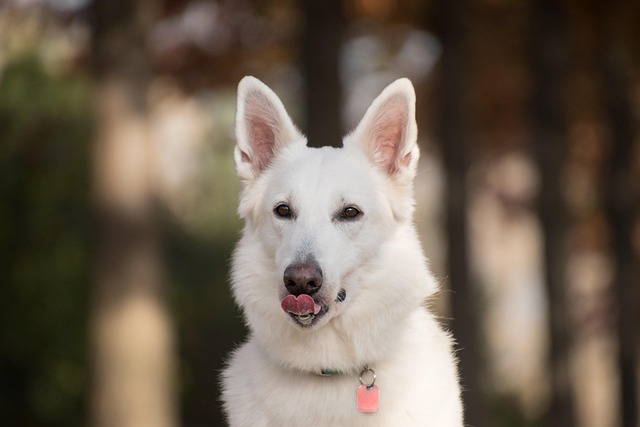
Are Irish setters easy to potty train?
When the Irish setter walks with an elegant pace, its reddish-brown hair shines in the sun, and its lively eyes are full of curiosity and enthusiasm, anyone will be attracted by this unique charm.
When you take your beloved dog out and watch it run joyfully on the grass, releasing its energy to the fullest, your heart is filled with pleasure. However, once the dog runs too far and doesn't respond when you call it, that sense of anxiety and worry instantly wells up inside you. At this moment, you will deeply realize the importance of dog recall training. So, how long does it actually take to train a dog for recall? The answer to this question is not fixed but is affected by various factors.
The characteristics of the dog breed play a key role in the duration of recall training. Some dog breeds are naturally more obedient and easy to follow their owners' commands, such as Golden Retrievers and Labrador Retrievers. They have a gentle temperament and a strong dependence on their owners and a desire to please them. For these breeds, if the training method is appropriate, obvious results may be seen within a few weeks. For example, when you give the recall command, a Golden Retriever that has been trained for a period of time will immediately stop playing and run towards you cheerfully. However, for sled dog breeds like Huskies and Samoyeds, they are naturally more independent, have their own ideas, and have relatively low obedience. Training them for recall often requires more time and effort, and it may take several months or even more than half a year before they can follow the recall command in most situations. They may turn a deaf ear to your call when they are having a great time outside, and even if they hear it, they may just saunter back slowly, which makes the owner feel very helpless.
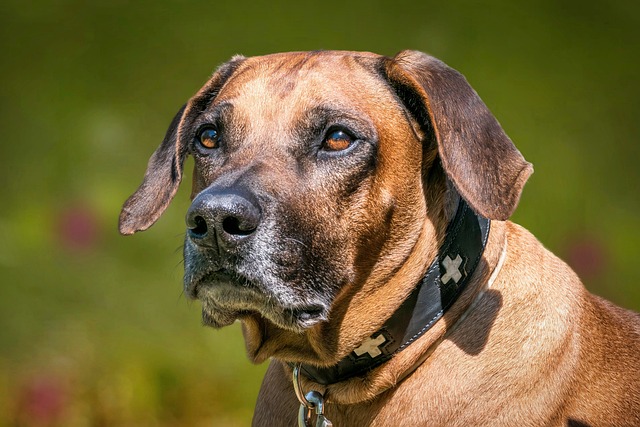 Whether the training method is correct or not also greatly affects the progress of recall training. The positive reinforcement training method is a relatively effective way. This means that every time the dog hears the recall command and successfully comes back to you, you should immediately give it a reward, such as delicious snacks, enthusiastic praise, gentle strokes, or interesting toys. The dog will associate the behavior of coming back to you with getting a reward, and thus be more willing to follow the command. If at the beginning, the dog is indifferent to the recall command, don't be in a hurry, and don't punish it either. Instead, guide it patiently. For example, you can squat down, call its name in a cheerful and friendly voice, and at the same time, shake the snacks it likes in your hand to attract its attention. As the number of training sessions increases, the dog will gradually understand the meaning of the recall command and the benefits of coming back to you. Conversely, if you adopt a harsh punishment method, such as beating or scolding the dog when it doesn't come back, it may make the dog feel afraid, which is not only not conducive to training but may also damage the trust relationship between you.
Whether the training method is correct or not also greatly affects the progress of recall training. The positive reinforcement training method is a relatively effective way. This means that every time the dog hears the recall command and successfully comes back to you, you should immediately give it a reward, such as delicious snacks, enthusiastic praise, gentle strokes, or interesting toys. The dog will associate the behavior of coming back to you with getting a reward, and thus be more willing to follow the command. If at the beginning, the dog is indifferent to the recall command, don't be in a hurry, and don't punish it either. Instead, guide it patiently. For example, you can squat down, call its name in a cheerful and friendly voice, and at the same time, shake the snacks it likes in your hand to attract its attention. As the number of training sessions increases, the dog will gradually understand the meaning of the recall command and the benefits of coming back to you. Conversely, if you adopt a harsh punishment method, such as beating or scolding the dog when it doesn't come back, it may make the dog feel afraid, which is not only not conducive to training but may also damage the trust relationship between you.
The dog's age is also an important factor. Puppies are like a blank sheet of paper and are more receptive to new things and training. Starting recall training when the puppy is between 3 and 6 months old, they can often learn it more quickly. Because puppies at this stage are full of curiosity, have a high degree of dependence on their owners, and have strong learning abilities. As long as the owner persists in conducting short and interesting training sessions every day, the puppy may develop the habit of running back when it hears the recall command in a relatively short time. Adult dogs, on the other hand, have already formed certain behavior patterns, and training them may be relatively difficult. It requires more time and patience to break the old habits and establish new conditioned reflexes. But this doesn't mean that adult dogs can't be trained. As long as the owner has enough perseverance and the right method, adult dogs can also learn to be recalled.
The training environment also has an impact on the duration of recall training. In a quiet environment with few distractions, dogs can concentrate more easily and follow the commands. For example, when training in your own yard, without too many external distractions, the dog can focus more on you and the recall command, and the training effect will be better, and the time required will be relatively short. However, in a noisy environment with many temptations, such as in a park or a square, the dog's attention is easily attracted by other dogs, small animals, passers-by, or novel things, and the difficulty of recall training will increase significantly. It may be necessary to let the dog master the recall skill proficiently in a quiet environment first, and then gradually transition to a complex environment for consolidation training. This process will naturally take more time.
The time required to train a dog for recall varies from person to person and from dog to dog. As the owner, you should have enough patience and perseverance, choose the appropriate training method according to the dog's characteristics, and stick to the training. When you see the dog running towards you without hesitation when it hears the recall command in any environment, the sense of relief and pride is beyond words. Because the safety and obedience of the dog are our greatest wishes, and all of this requires us to spend time and love in the training, accompany the dog to grow together, and build a deep trust and tacit understanding with it.

When the Irish setter walks with an elegant pace, its reddish-brown hair shines in the sun, and its lively eyes are full of curiosity and enthusiasm, anyone will be attracted by this unique charm.
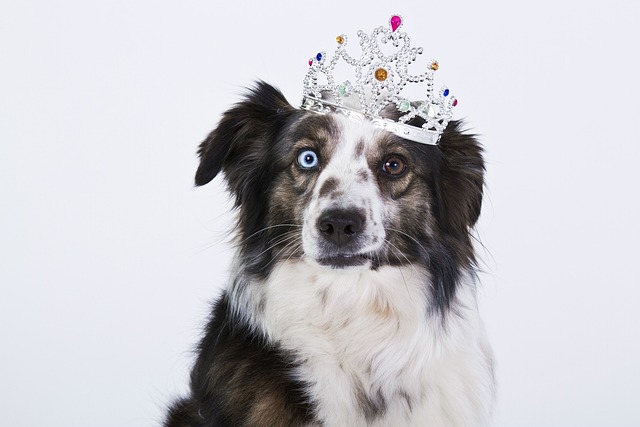
When the furry little life stumbles into our lives, the soft and sticky cry and wagging tail instantly melt the hearts of countless dog owners. However, behind this sweet companionship, puppy potty training is like a mountain in front of them.
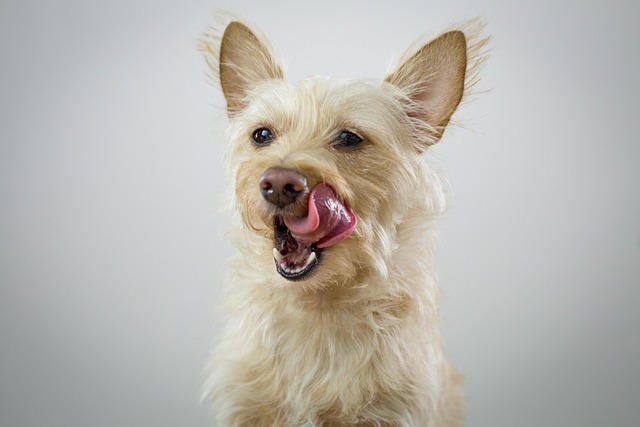
In the steel jungle of the city, more and more people are eager to have a furry companion to add more warmth and companionship to their lives.

Training puppies to develop good house bowel habits is a process that every pet owner looks forward to and is full of challenges. This is not only about the cleanliness of the home environment,

Dog walking is supposed to be a pleasant time for people and dogs to enjoy each other's company, but when the dog drags the leash and rushes around, this beautiful moment is broken.
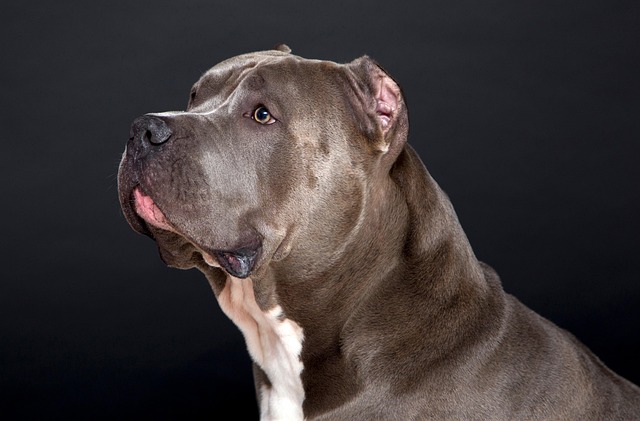
When a dog suddenly poops in a specific area of the house, it not only causes cleaning troubles but also makes the loving owner feel anxious and helpless.